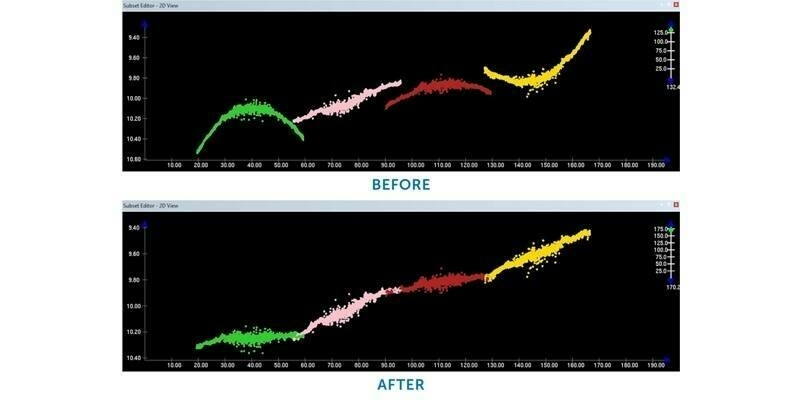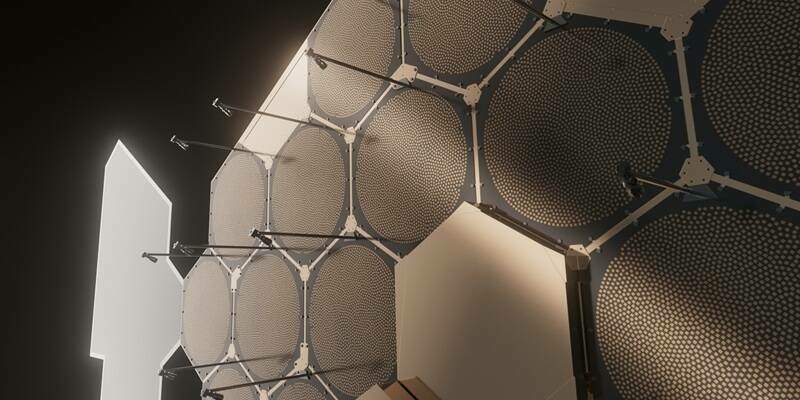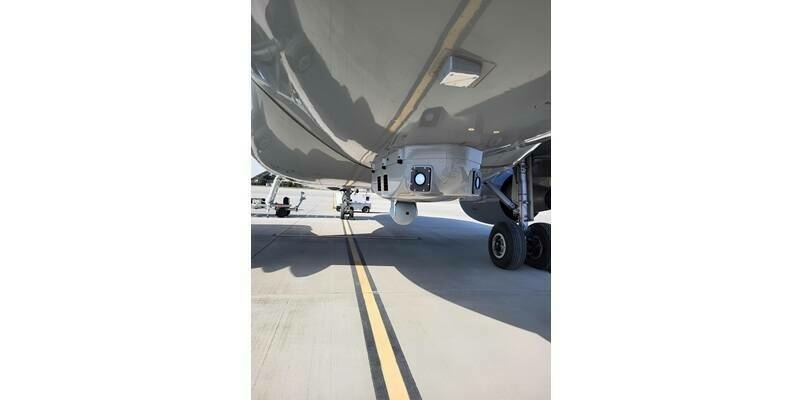Friday’s SpaceX Transporter-4 mission included three satellites built by smallsat mission integrator NanoAvionics for multiple customers.
MP42 is NanoAvionics’ largest satellite built and launched so far, based on one of the first commercially available modular microsatellite buses in the industry. MP42 is a rideshare mission, and part of the company’s ongoing program. It’s hosting multiple payloads including OQ Technology’s “Tiger-3”, adding another satellite to its 5G IoT/M2M (machine-to-machine) communication constellation, and VeoWare’s RW500 fully integrated reaction wheel.
The two other satellites, launched with SpaceX Falcon-9 launch vehicle are dedicated telecommunications and Earth Observation missions flying onboard NanoAvionics flagship M12P and M6P nanosatellite buses.
Also going into orbit was another of Lacuna Space’s IoT (Internet of Things) gateways. The British-Dutch company, headquartered in Harwell, UK, is creating a network to connect low-cost and low power IoT devices globally. Using LoRaWAN, the Lacuna Network extends connectivity to even the most remote areas of the world where conventional connectivity is not commercially viable.
With the launch of its MP42, NanoAvionics has put a stepping stone to its goal to capture a sizeable share of the lucrative microsatellite segment. It’s an addition to the company’s end-to-end smallsat mission infrastructure aimed at constellations, while also covering mission design, production, launch brokering, ground segment and satellite operations.
Subscribe to our newsletter
Stay updated on the latest technology, innovation product arrivals and exciting offers to your inbox.
Newsletter

